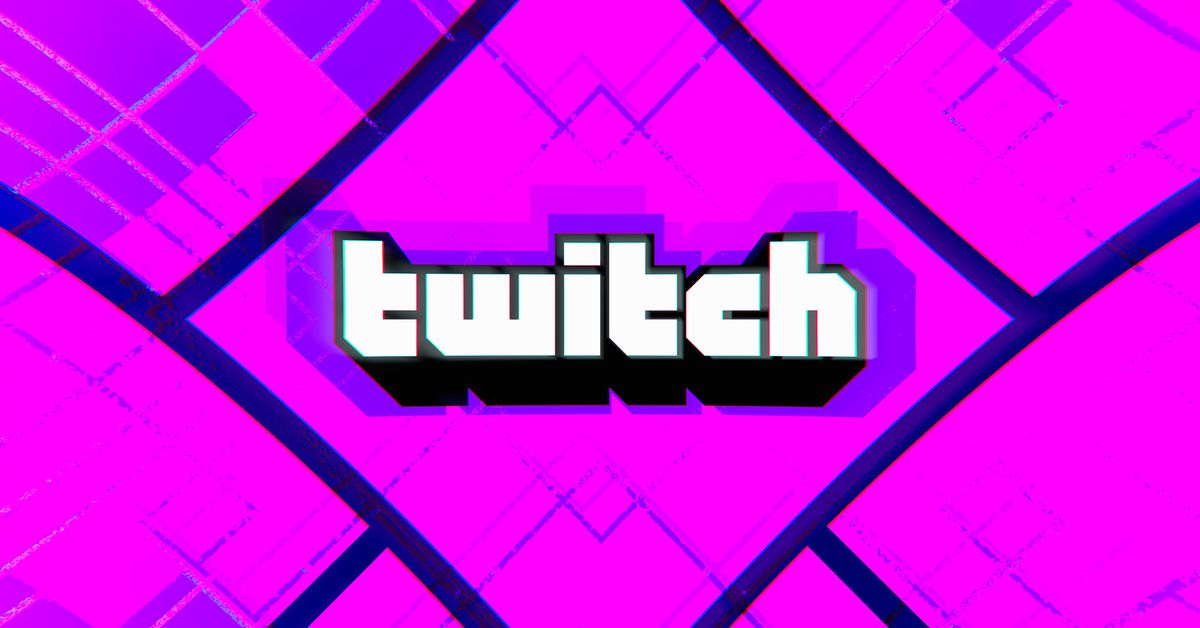
A vast majority of partnered streamers currently have a 50/50 subs revenue split deal with Twitch wherein they received 50% of the total revenue they made from subscriptions on their channel and the rest of the 50% went to Twitch.
However, Twitch had negotiated premium subscription terms with some bigger streamers wherein the streamer kept 7-% of the revenue from subs while twitch kept 30%.
Recently, there was much backlash targeted towards Twitch since they did not have a proper system to judge who would get the premier revenue split terms, and over a year ago decided newer streamers would be exempt from it.
There was also a “UserVoice” petition for the 70/30 split, with 22,000 signatures, but Dan Clancy, President of Twitch, announced in a blog post on 21 September that Twitch will not be doing that.
Major Takeaways:
- Twitch will not offer a 70/30 split to all.
- Those with the 70/30 premium deal will only get it for the first $100,000. Over that, the 50/50 split will be in effect.
- The change will be in effect from June 1, 2023.
The revenue split between Twitch and streamers has been an issue for a long time, as many claim that the 50/50 split stifles the growth of the smaller channels. It has been enough of an issue to warrant 22,00 people to sign a petition on the UserVoice platform, to change the split to 70/30, similar to its rival YouTube.
YouTube has been gaining traction as of late as it has been ramping up its game in the streaming business. It has already lost influential streamers such as LilyPichu, Ludwig, and Myth to YouTube, and more could still follow.
Regarding the petition, the response of Twitch was:
We have been blown away by the response to this post, and have been carefully considering it for the better part of the last year. While we are declining this request, it’s still crucial to know that the primary value of sharing your feedback on UserVoice is to have your voices heard and suggestions considered. We will not always be able to provide the desired outcome, but it’s important to us to be transparent and open when we can, and we will be focusing on providing more consistent updates on UserVoice as time goes on.”
Following this Clancy made a blog post further explaining the issue and Twitch’s decision regarding it. In the blog post, he admitted that there indeed were premium deals with a select few streamers, but said that it was the unsaid truth of the industry and admitted that it was their fault for not having any proper criteria to decide who would get the deal.
However, for some time we did offer standard agreements with premium subscription terms to select streamers as they grew larger. This isn’t something we’ve talked about publicly, but such deals are common knowledge within the streamer community. Historically, we didn’t have a consistent framework to determine who would receive these deals and when.”
However, Clancy writes that Twitch has now amendments to the plan that will take effect from June 1, 2023. Twitch has decided that it will not offer the 70/30 split to all as many wanted, but the select few streamers that do have the premium deal will only get 70% of the revenue from subs for the first $100,000 they make.
Any revenue they generate above that will follow the 50/50 split scheme same as everybody else on the platform. Clancy wrote:
For these streamers still on these premium deals, we’re adjusting the deal so that they retain their 70/30 revenue share split for the first $100K earned through subscription revenue. Revenue above $100K will be split at the standard 50/50 share split. We’re announcing this change now, but it won’t go into effect until after June 1, 2023. After that point, streamers will only be affected once their existing contract is up for renewal.”
This means that now Twitch will decrease the amount of money that the bigger streamers with premium deals make. As for the reason for this change, Clancy stated the increased costs for running Twitch. Moreover, this will only last till they renew their agreement with Twitch, after which they too will move permanently to the 50/50 split.
Delivering high definition, low latency, always available live video to nearly every corner of the world is expensive. Using the published rates from Amazon Web Services’ Interactive Video Service (IVS) — which is essentially Twitch video — live video costs for a 100 CCU streamer who streams 200 hours a month are more than $1000 per month.
“We don’t typically talk about this because, frankly, you shouldn’t have to think about it. We’d rather you focus on doing what you do best. But to fully answer the question of ‘why not 70/30,’ ignoring the high cost of delivering the Twitch service would have meant giving you an incomplete answer.”
Clancy also claims that new innovations like gifted subs, hype trains, and the ad incentive program, have led to a 27% increase in revenue per viewer hour – every year. Combined with Prime Subs, Clancy states that the revenue share goes up to 65%.
Products like Prime Subs, Community Gifting, Hype Train, and the Ads Incentive Program, to name a few, have driven an increase of 27 percent more streamer revenue per viewer hour every year over the last five years.”
This news is certain to upset many streamers, and it has, with many voicing their disappointment on various platforms and social media.
https://twitter.com/PsychePlays/status/1572540415060119556?s=20&t=SvpC9Cpw1FDInLbSzD5wFQ
The reception may even benefit Twitch’s rival YouTube Gaming service but the difference between them is too much to even ascertain whether Amazon will even be dented by some negative reception.
According to data from Streamlabs, Twitch viewers watched 5.64 billion hours of live streams in Q2 2022, while viewers watched 1.13 billion hours of live streams on YouTube Gaming.
That seems to indicate that Twitch doesn’t have to retain its biggest personalities to keep the attention of viewers, and it’s responded by pushing these take-it-or-leave-it terms across the table.
This sure will have many different effects on not only Twitch but on the larger streaming sphere but we will have to wait to see what it leads to.
Similar Reads: How Leaks Affect Game Developers and Video Game Companies.
Thanks! Do share your feedback with us. ⚡
How can we make this post better? Your help would be appreciated. ✍



